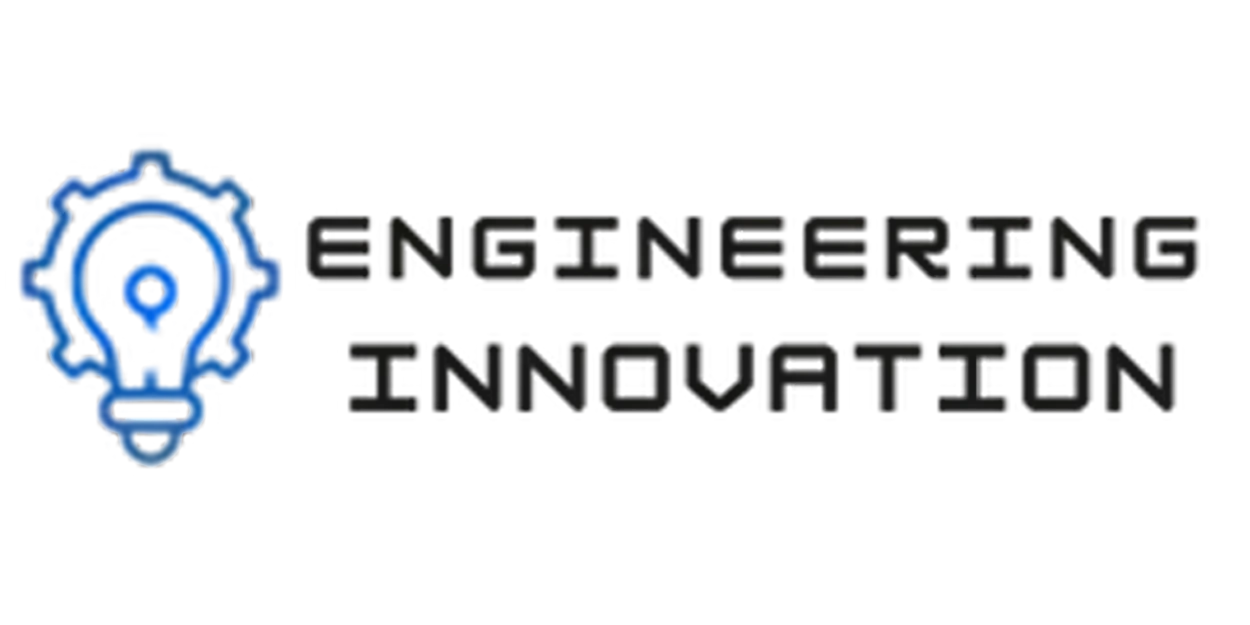CNC Machining vs 3D Printing vs Injection Molding: Complete Comparison Guide
Choosing the right manufacturing method can make or break your project. This comprehensive guide compares CNC machining, 3D printing, and injection molding across cost, speed, quality, and application to help you make the best decision for your specific needs.

Understanding the Three Manufacturing Methods
CNC Machining
Computer Numerical Control (CNC) machining is a subtractive manufacturing process that uses computer-controlled machines to remove material from a solid block, creating precise parts according to digital designs.
Best for: High-precision parts, production-grade materials, complex geometries with tight tolerances.
3D Printing
3D printing, or additive manufacturing, builds objects layer by layer from digital files. This process creates complex geometries without the constraints of traditional manufacturing methods.
Best for: Rapid prototyping, complex designs, custom parts, low-volume production.
Injection Molding
Injection molding involves injecting molten material into a mold cavity under high pressure. This process is ideal for mass-producing identical parts with high efficiency and consistency.
Best for: High-volume production, consistent quality, cost-effective mass manufacturing.
Cost Comparison: Breaking Down the Economics
Cost Analysis by Production Volume
Detailed Cost Breakdown
CNC Machining Costs
- Setup: $100-500 (programming, fixturing)
- Per Unit: $10-500 depending on complexity and material
- Tooling: Minimal (standard cutting tools)
- Material Waste: 20-60% of material removed
3D Printing Costs
- Setup: $0-50 (file preparation)
- Per Unit: $5-200 depending on size and material
- Tooling: None (no molds or fixtures needed)
- Material Waste: 5-10% (support structures only)
Injection Molding Costs
- Setup: $5,000-100,000 (mold design and fabrication)
- Per Unit: $0.50-20 after tooling investment
- Tooling: Major upfront investment
- Material Waste: 5-15% (runners and sprues)
Speed and Timeline: From Design to Delivery
Production Timeline Comparison
Speed is often a critical factor in product development. 3D printing excels in rapid prototyping, delivering parts within hours or days. CNC machining offers moderate lead times, typically 3-7 days for prototype quantities. Injection molding requires significant upfront time for tooling development (2-12 weeks) but offers unparalleled production speed once molds are ready.
The timeline consideration extends beyond initial delivery. Iteration cycles are fastest with 3D printing, where design changes can be implemented immediately. CNC machining allows for moderate iteration speed, while injection molding design changes require new tooling, making iterations expensive and time-consuming.
Quality and Precision: Achieving Manufacturing Excellence
CNC Machining Precision
3D Printing Precision
Injection Molding Precision
Quality requirements often dictate the manufacturing method choice. CNC machining provides the highest precision and best surface finishes for functional parts. 3D printing offers good precision for prototyping, with accuracy varying by technology. Injection molding delivers excellent consistency and surface finish for high-volume production, though initial tooling quality is critical.
Material Options: Matching Materials to Applications
CNC Machining Materials
CNC machining works with virtually any machinable material:
- Metals: Aluminum, steel, titanium, brass, copper, Inconel
- Plastics: ABS, polycarbonate, PEEK, nylon, Delrin
- Composites: Carbon fiber, glass fiber reinforced plastics
- Specialty: Wood, foam, wax for prototyping
3D Printing Materials
Materials vary by printing technology:
- FDM: PLA, ABS, PETG, TPU, nylon, carbon fiber composites
- SLA: Standard, tough, flexible, castable, dental resins
- SLS: Nylon, TPU, aluminum-filled, carbon fiber-filled
- Metal: Stainless steel, aluminum, titanium, Inconel
Injection Molding Materials
Wide range of thermoplastics and some metals:
- Commodity: Polypropylene, polyethylene, polystyrene
- Engineering: ABS, polycarbonate, nylon, acetal
- High-Performance: PEEK, Ultem, PPS, liquid crystal polymer
- Specialty: Glass-filled, carbon-filled, flame retardant
Best Use Cases by Industry and Application
CNC Machining Excellence
- Aerospace: Structural components, engine parts, precision instruments
- Medical: Surgical instruments, implants, diagnostic equipment
- Automotive: Engine components, transmission parts, brake systems
- Industrial: Tooling, fixtures, machinery components
- Electronics: Heat sinks, enclosures, connectors
3D Printing Applications
- Prototyping: Concept models, functional prototypes, design validation
- Medical: Anatomical models, surgical guides, custom implants
- Automotive: Custom fixtures, low-volume parts, design iterations
- Consumer: Custom products, jewelry, artistic creations
- Education: Teaching models, research prototypes
Injection Molding Dominance
- Consumer Products: Electronics housings, containers, toys
- Automotive: Interior components, bumpers, dashboard parts
- Medical: Disposable devices, syringes, containers
- Packaging: Bottles, caps, containers, closures
- Electronics: Housings, connectors, switches
Hybrid Approaches
- Prototyping to Production: 3D print for design, CNC for functional testing, injection molding for production
- Bridge Tooling: CNC molds for low-volume production before full injection molding
- Customized Production: 3D printing for customization, injection molding for base components
Decision Making Guide: Choose Your Manufacturing Method
Quick Decision Matrix
- You need parts within 24-72 hours
- Your quantity is under 100 units
- Design complexity is high with intricate geometries
- Budget is limited and tooling costs are prohibitive
- You need production-grade materials and properties
- Quantity ranges from 10 to 1,000 units
- Precision tolerances are critical (±0.001mm)
- Surface finish requirements are demanding
- Your quantity exceeds 1,000 units
- Per-unit cost is the primary concern
- Design is finalized and stable
- Consistent quality across high volume is essential
Explore Our Manufacturing Services
Still Unsure Which Method to Choose?
Our engineering experts can analyze your project and recommend the optimal manufacturing approach.
Conclusion: Making the Right Choice
Each manufacturing method has its strengths and ideal applications. 3D printing dominates rapid prototyping and complex geometries, CNC machining excels in precision and functional parts, while injection molding is unmatched for high-volume production.
The key is matching your specific requirements—quantity, timeline, budget, quality, and material needs—to the appropriate manufacturing method. Often, the best approach involves using multiple methods throughout the product development lifecycle.
At Engineering Innovation, we offer all three manufacturing methods under one roof, ensuring you get the optimal solution for every stage of your project. Our experts can guide you through the decision-making process and deliver high-quality parts regardless of the chosen manufacturing method.
